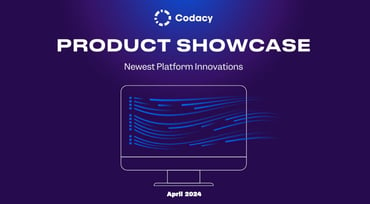Watch our latest Product Showcase

- April 9 2024
- Jaime Jorge
Into the Breach: Business Survival in the Age of Accelerating Cyber Threats
READ MORE
19/04/2024
Software product delivery relies on a combination of proprietary code, third-party libraries, external web APIs, code repositories, and cloud...
17/04/2024
Welcome to the second quarterly Product Showcase event of 2024! We’ve been busy and can’t wait to show you all of the latest performance and product...
16/04/2024
It’s easy to talk about shifting security left. The idea that you want to bake any security concepts directly into the software development lifecycle...

11/04/2024
Modern software heavily relies on open-source libraries and tools. GitHub reports that over 90% of modern applications leverage them to accelerate...

11/04/2024
The speed at which software development companies deliver their products has become a paramount differentiator. Amidst the rush to deploy cutting-edge...

09/04/2024
We spend around $215 billion per year on cybersecurity between vendors, practices, and tools, and this has been increasing.
Subscribe
to our blog
Stay updated with our monthly newsletter.
2024 CODACY - AUTOMATED CODE REVIEW








